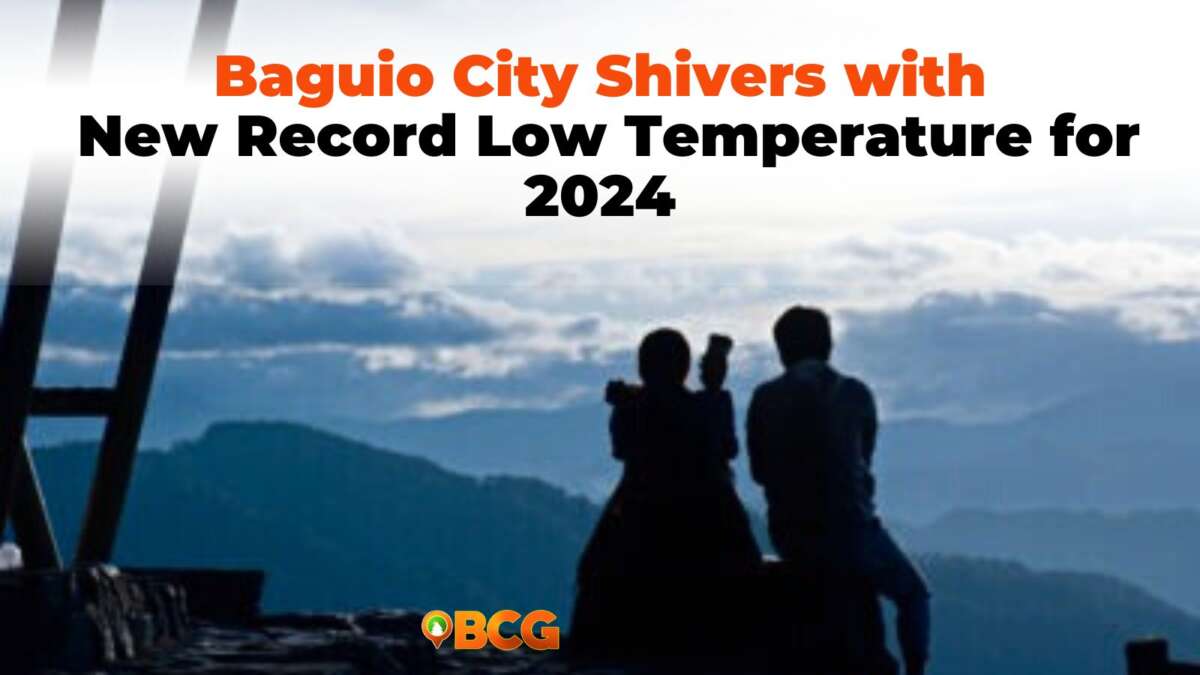Philippines to Experience Longer Nights and other Astronomical Events
On the previous months of this year, we have witnessed different, stunning astronomical events such as the Penumbral Eclipse of the Moon in June, the Delta Aquarid Meteor Shower and the visit of Comet NEOWISE in July, and the Perseids Meteor Shower in August, which have brightened up the skies.
And now that we are already in the month of September, more astronomical events are expected to come. Among these events is the Autumnal Equinox.
PH to Experience Longer nights
After the occurrence of the Autumnal Equinox, as the Sun moves below the celestial equator towards the southern hemisphere, we are already to experience longer nights here in the Philippines.
Based on the astronomical diary of Philippine Atmospheric, Geophysical and Astronomical Services Administration (PAGASA) for this month of September, the Autumnal Equinox is expected to occur on September 22, 2020 at 9:31 PM.
What is an Equinox?
As defined by the PAGASA, equinoxes are the only times when the solar terminator or the “edge” between night and day is perpendicular to the equator.
The day and night will be of approximately equal duration all over the globe during an equinox. However, they will not be exactly equal due to the angular size of the sun and atmospheric refraction.
Other September Astronomical Events
Aside from the Autumnal Equinox, here are the rest of the astronomical events you can expect by this September 2020 based on the PAGASA’s astronomical diary.
| DATE | EVENT | TIME (PhST) |
| September 6, 2020 | Moon at Apogee
On the said date and time of this month, the Moon will be at its Apogee (405,551.141 km) wherein the Moon’s elliptical orbit is at its farthest distance to Earth. |
2:29 PM |
| September 10, 2020 | Aldebaran 4.6° North of the Moon
According to the National Aeronautics and Space Administration (NASA), Aldebaran is the brightest star in Taurus and the 15th brightest star in the sky. |
2:00 AM |
| September 14, 2020 | Neptune Opposition
Neptune opposition is when Earth passes more or less between Neptune and the sun, as we do every year in our yearly orbit. |
3:00 AM |
| September 15, 2020 | Regulus 4.3° North of the Moon
Regulus, a bright star seen in the constellation Leo, will be at 4.3° North of the Moon. |
12:00 AM |
| September 18, 2020 | Moon at Perigee
The Moon’s elliptical orbit is at its nearest distance to Earth. On the said date and time of this month, Moon will be at its Perigee (359,180.800 km). |
9:28 PM |
| September 22, 2020 | Autumnal Equinox | 9:31 PM |
For More News and Updates
To catch more news and updates, frequently drop by our Baguio City Guide website and like and follow our official Baguio City Guide Facebook Page. You may also visit our official Baguio City Guide YouTube channel.
SOURCE













